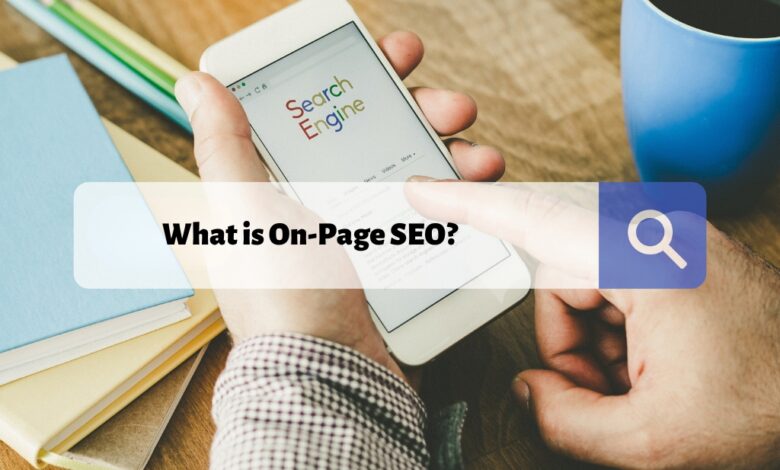What is On Page SEO + On Page SEO Checklist

On-page SEO is an optimization process that ensures websites rank higher in search engine result pages by enhancing a website’s technical and content-related aspects. Optimizing on-page SEO techniques for website visibility and traffic is vital in gaining relevance to specific search queries and your target audience.
This article provides an extensive on-page SEO checklist by exploring the technical and content-related aspects of optimization. If you want to optimize your website for search engines, make sure you read our “What is SEO” article before diving into this one. It will provide a solid foundation to build upon as you continue to improve your website’s visibility and drive traffic.
What is On-Page SEO?
On-page SEO is the process of optimizing web pages to rank higher in search engine result pages for specific keywords and queries. It’s aimed to make web pages user-friendly and accessible to search engine crawlers, providing value for human users.
On-page SEO is important in enhancing a website’s relevance to specific search queries, increasing visibility, and driving organic traffic to your website. This process involves optimizing page titles, meta descriptions, header tags, URLs, and image alt tags, among others.
On-Page SEO Checklist
To help businesses optimize on-page SEO on their website for better search engine rankings and improved user experience, it’s essential to have a comprehensive checklist covering both technical and content-related aspects of optimization. Below are some of the most important items you need to consider when optimizing on-page SEO for your website.
Content Length
- Longer-form content tends to perform better in search engines. Aim for a minimum of 300 words of original content on each page, and for blog articles, aim for at least 800 words.
Readability
- Ensure that the content is easy to read and understand by using clear and concise sentences, proper grammar and punctuation, and shorter paragraphs.
Common On-Page SEO Mistakes to Avoid
Avoiding common on-page SEO mistakes can enhance a website’s ranking and visibility. Here are some common on-page SEO mistakes to avoid:
Keyword Stuffing
- Overusing keywords in the content can negatively impact the website’s ranking and make the content appear spammy.
Duplicate Content
- Ensure all pages on the website have unique content to avoid getting penalized by search engines.
Too Many Ads or Pop-Ups
- Many ads or pop-ups can harm the website’s user experience and negatively impact its rankings.
Ignoring Mobile Optimization
- With more users using mobile devices to browse the web, mobile optimization is crucial for a website’s user experience and search engine rankings.
Neglecting Metadata
- Ensure that all pages on the website have unique and optimized title tags and meta descriptions.
Conclusion
Optimizing on-page SEO is crucial to drive organic traffic, improve a website’s relevance to specific queries, and enhance user experience. To optimize on-page SEO, use a comprehensive checklist that covers both technical and content-related aspects of optimization.
By following the best practices outlined in this article, businesses can enhance their website’s visibility, relevance, and ranking within search engines. However, it’s essential to keep in mind that on-page SEO optimization is an ongoing process. Regularly monitor and update your website’s performance to ensure it stays aligned with the latest SEO best practices. In addition, don’t forget that a well-rounded SEO strategy includes off-page SEO, technical SEO, and local SEO to maximize the website’s potential and reach the target audience. With careful planning and execution, businesses can achieve a solid online presence and drive valuable traffic to their website.





